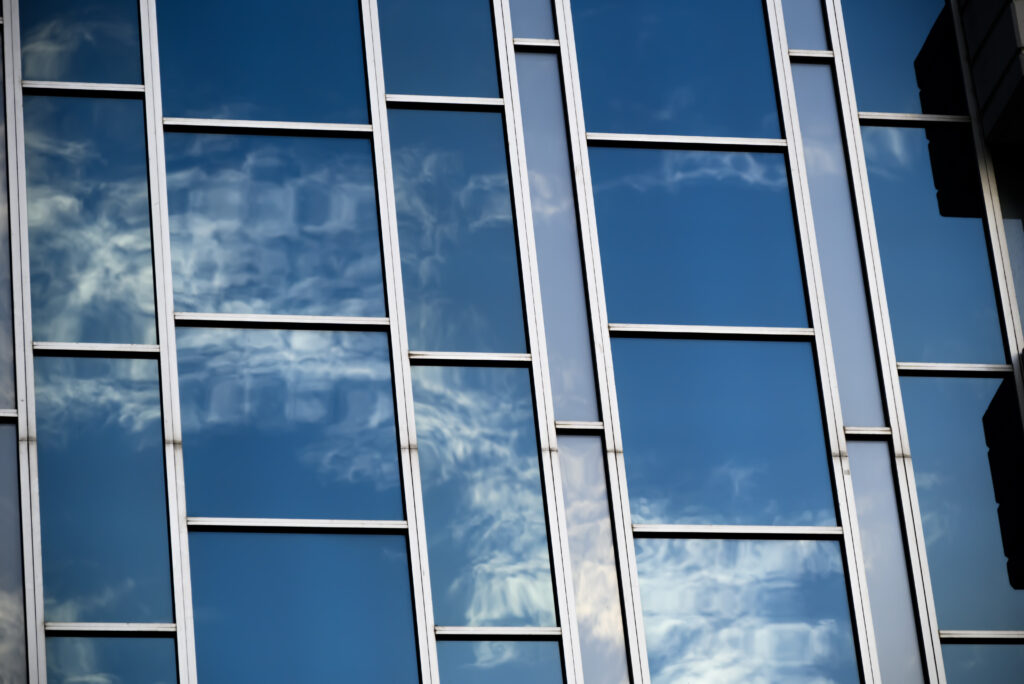Future Proofing Your Commercial Buildings With Evolving Window Tinting Technologies

Commercial buildings are changing as new technologies make them smarter, more energy-efficient, and comfortable to work in. From advanced lighting systems to improved insulation, businesses are looking for ways to create a better environment for employees and visitors. These technologies also help companies save money and keep up with new regulations.
One modern solution that is gaining popularity is window tinting for commercial buildings. Adding window tint is a simple and effective way to improve many aspects of a building. It offers immediate and long-lasting benefits, making it a smart investment for business owners who want to be ready for the future.
What is Building Window Tinting?
Building window tinting means applying thin films to the inside of a building’s windows. These films can do a lot more than just give the glass a darker shade. They help control sunlight, reduce glare, and protect people and items inside from harmful rays.
There are several types of window films. Solar control films block heat and UV rays, making interiors more comfortable. Decorative films add patterns and colors for style or privacy. Safety and security films make windows harder to break, offering extra protection. Recently, window film technology has advanced a lot, with smarter films that can adjust to sunlight, last longer, and look better than ever before.
Energy Efficiency and Cost Savings
Window tinting can help cut down on energy use by blocking some of the sun’s heat from entering a building. This means air conditioning systems don’t have to work as hard, especially in the summer. By reducing the load on HVAC systems, businesses can see a noticeable drop in their energy bills.
Many commercial buildings have reported real savings after installing window films. These savings add up year after year. Plus, using less energy makes buildings more eco-friendly and helps businesses earn points for green building programs, contributing to a cleaner environment.
UV Protection and Interior Preservation
Many people do not realize that sunlight brings more than just brightness. Ultraviolet (UV) rays can fade carpets, furniture, and artwork, and even cause damage to electronic equipment. Quality window tints block up to 99% of UV rays, which helps protect everything inside.
This protection is especially important in buildings with large display windows or in offices with lots of sunlight. By stopping UV damage, window tint helps companies protect their investments in furnishings and equipment, keeping them looking newer for longer.
Enhancing Comfort and Productivity
Tinted windows help keep indoor temperatures steady by reducing hot spots and glare from the sun. Employees are less distracted by harsh light, and rooms stay cooler on sunny days.
When people feel comfortable, they can focus better and are more productive. Daylight optimization—letting in enough natural light while blocking the downsides—creates a pleasant work environment while still keeping energy costs under control. All these factors together help businesses create healthier, more efficient workplaces.
Security, Privacy, and Safety Benefits
Some commercial spaces need extra privacy, like conference rooms or healthcare offices. Window films can make glass more private without blocking all the light. There are also safety films designed to hold glass together if it shatters, making break-ins or accidents less dangerous.
Added safety is not just for peace of mind. Many local building codes require safety and security features for commercial glass. Window films help businesses stay compliant with these regulations, increasing protection for both people and property.
Aesthetic and Branding Opportunities
Window tinting isn’t just functional. It can be designed to look good, too. Tints come in different shades, colors, and patterns, making it easy to match a company’s brand or add modern style. Some films can even include custom logos or images.
A well-designed tint can improve a building’s curb appeal, helping to attract tenants, shoppers, or clients. Both interiors and exteriors can use decorative and branded films to make spaces unique and memorable.
Preparing for Future Regulations and Standards
Laws about building efficiency and energy use are expected to get stricter in the coming years. By adding energy-saving upgrades like window tint now, businesses can get ahead of new rules and avoid costly updates later.
Window tinting can also help buildings earn credits toward certifications like LEED (Leadership in Energy and Environmental Design). These certifications are important for businesses focused on sustainability and for meeting local or industry standards.
Choosing the Right Window Tint for Your Building
Selecting the best window tint involves several factors. Consider your local climate, which direction your building faces, and your main goals, like saving energy, protecting interiors, or adding privacy. A professional installer can help suggest the best type of film for your needs.
It’s important to ask about warranties and how long each film is expected to last. Working with reputable installers means you get the right advice, safe installation, and support for years to come.
Conclusion
Window tinting is a simple yet powerful way to upgrade commercial buildings for the future. It cuts energy costs, blocks harmful rays, adds comfort and safety, and supports business branding and green goals. Investing in quality window tint now can prevent higher expenses later and helps your building handle any new standards or regulations that may come.
If you’re ready to explore these benefits, talk to a professional commercial window tinting expert. They can help assess your building’s needs and recommend the best solutions to future-proof your property.
https://www.3m.com/3M/en_US/p/c/business-window-tinting/
https://www.energy.gov/energysaver/update-or-replace-windows
https://www.usgbc.org/credits/new-construction/v4/mrc1
- Beyond Glare: The 3 Main Types of Window Film That Protect and Enhance Your Storefront - October 23, 2025
- Choosing the Right Commercial Window Tint for Businesses - August 22, 2025
- Future Proofing Your Commercial Buildings With Evolving Window Tinting Technologies - August 20, 2025
